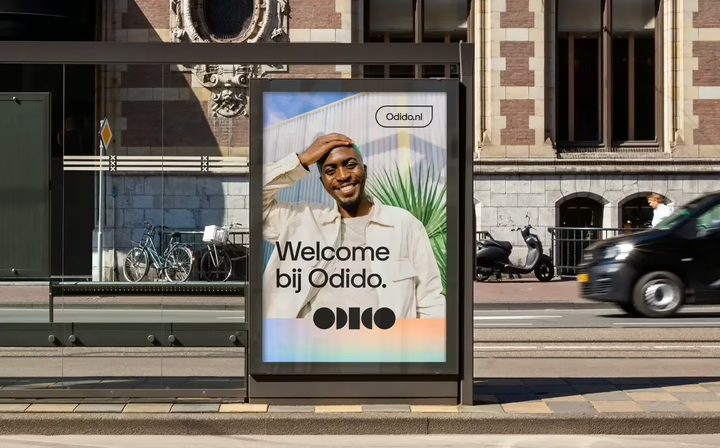Een goede klantervaring is cruciaal. Blije klanten zijn trouw en trouwe klanten zijn goed voor je organisatie – zo simpel is het. Maar een goede klantervaring zet je niet zomaar neer. Het is teamsport. Iedereen speelt een rol: van de uitvoerende mensen tot het management.
Onze strategen en onderzoekers helpen je om de omslag te maken naar een klantgerichte organisatie. We geven jou en je team de handvatten die nodig zijn. Dat doen we door te sleutelen op drie niveaus: mindset, skillset, toolset.
Meer over onze visie op klantgericht werken.
Mindset
Het begint allemaal bij de juiste mindset. We nemen je organisatie bij de hand en zorgen ervoor dat iedereen het belang van klantgericht werken begrijpt. We bouwen een sterke UX & CX cultuur. Want de klant op één zetten – dat doe je met z’n allen.
Skillset
Om klantgericht te werken heb je de juiste kennis en ervaring nodig. Wij helpen bij de ontwikkeling van je team en zorgen voor een duidelijke way of working - zodat klanten betrekken de normaalste zaak van de wereld wordt.
-
Klantgericht prioriteren
We helpen om klantinzichten een serieuze plek te geven in de besluitvorming binnen je organisatie.
-
Journey Management
We organiseren en structureren alle data uit je klantreizen, zodat je er altijd het maximale uit kan halen.
-
Teamontwikkeling
We halen de juiste kennis en ervaring voor je in huis. Van PO’s tot inhoudelijke experts.
Toolset
Het moet laagdrempelig zijn om de klant aan tafel te zetten. Inzichten moeten makkelijk gedeeld kunnen worden, op één centrale plek. Daar zijn de juiste tools en faciliteiten voor nodig – dat regelen wij voor je.
Waarom is CX Strategie & Organisatie zo belangrijk?
Hoe lang duurt het om een klantgerichte organisatie te worden?

Verder praten?
Anne van der Veen — Lead CX Strategie & Organisatie
anne.vanderveen@valsplat.nl LinkedInRecent werk
-
Investeren in UX research? Dat hoeft geen fortuin te kosten
Centraal Beheer

-
Tijd om volwassen te worden
Odido











